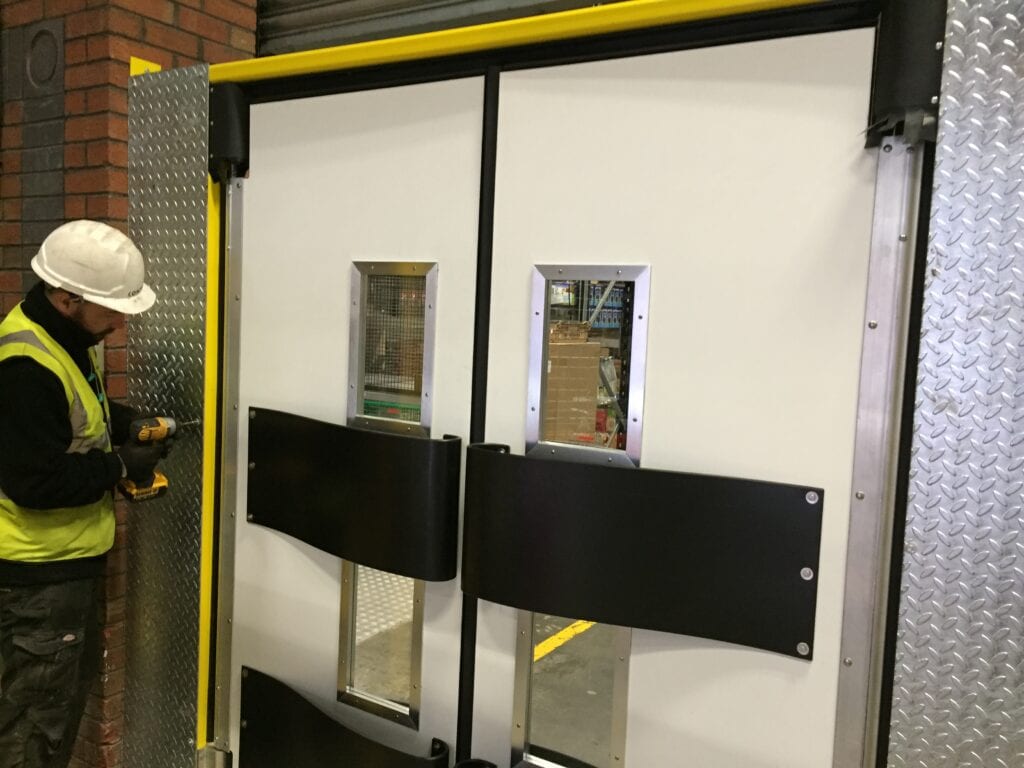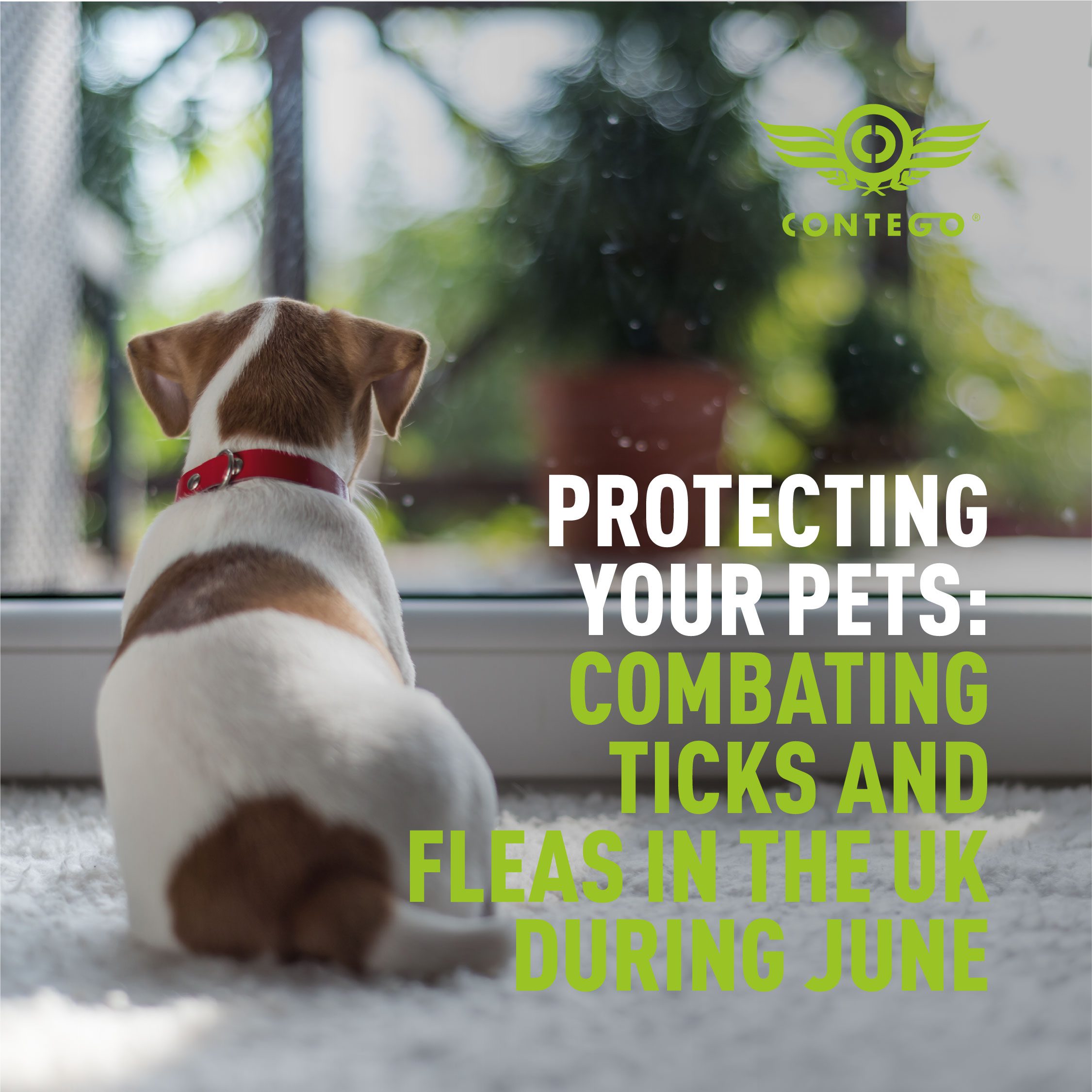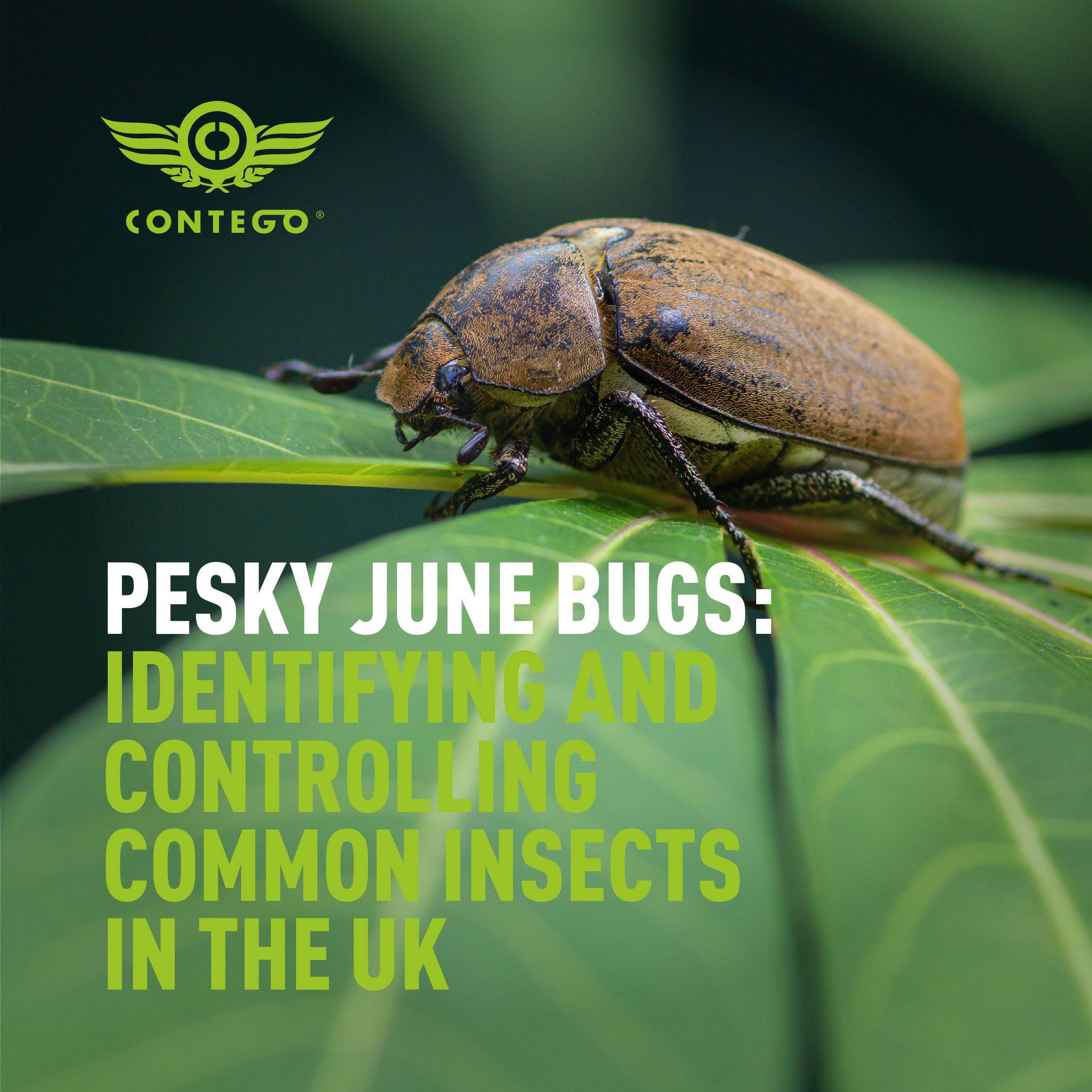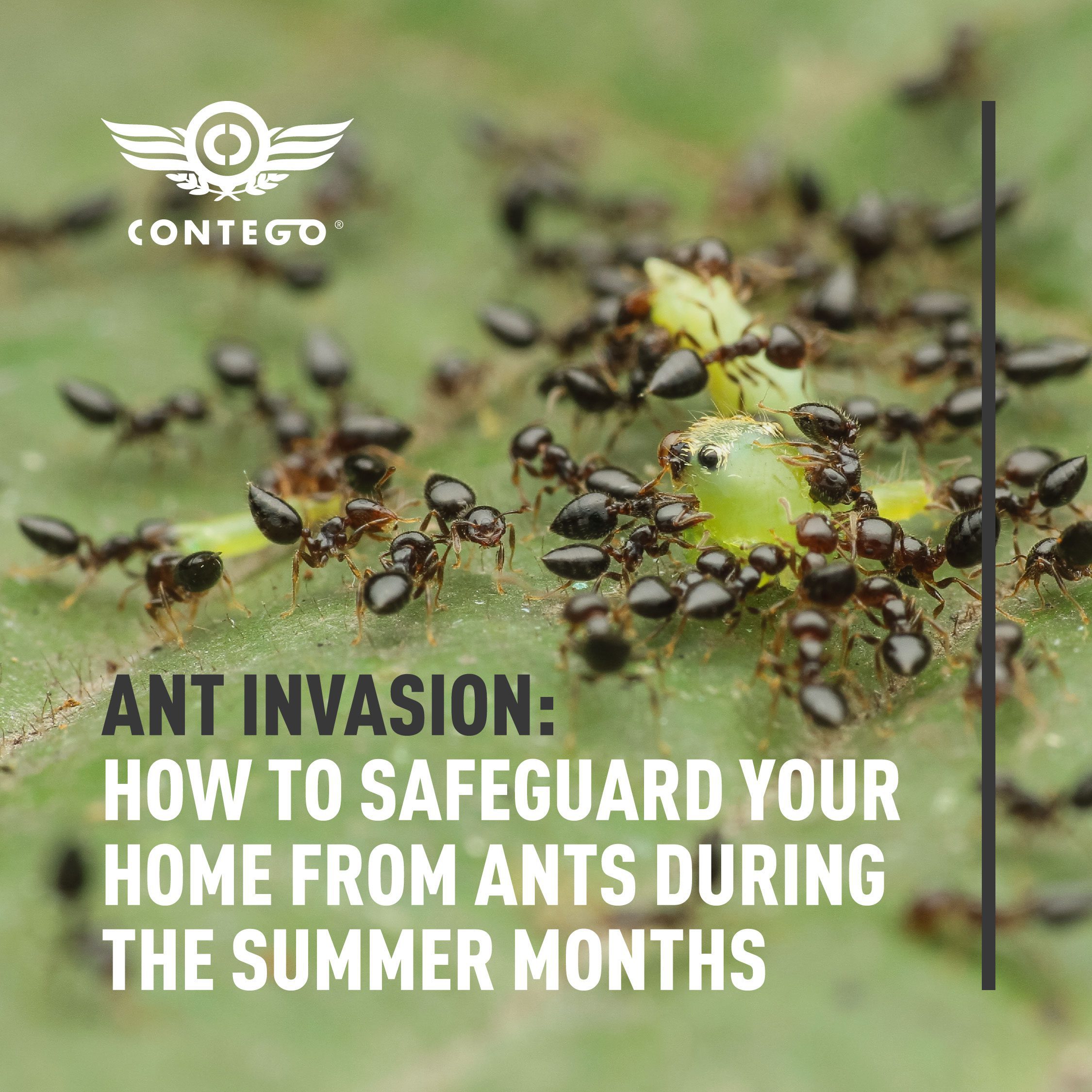Fleas
Identification:
Adult – 1.5 – 4mm long, dark brown or black in
colour and have highly developed jumping legs.
Flea eggs – 0.5 mm long, oval shaped and pearly
white in colour.
Larvae – up 5mm long, and semi-transparent
white.
Two main species of the flea are found in the UK, the cat flea and the dog flea. The cat flea is by far the most common and is able to live and breed on both cats and dogs as well as to bite humans and other small pets.
The adult flea spends a variable proportion of its time off the host, resting in the animals sleeping and bedding areas.
Flea larvae feed in and around the bedding areas on dust, debris, flakes of skin and fur and dead insects. Reports of flea infestations in office buildings may sometimes be due to skin irritations caused by
static charges, carpet or paper fibres or by the delayed reaction to bites obtained elsewhere.
Biology:
Up to 20 eggs are laid after each blood meal and a single female may produce 800 – 1000 eggs during
her lifetime, which may be as long as two years. The eggs hatch in about one week to give white, threadlike, legless larvae 1.5 mm long. Depending on temperature, these eggs will usually hatch within 2-16 days. The emerging larvae are
active, hiding from light and feeding on dust and flea droppings. It takes between 7-10 days for each
larvae to fully develop through 2-3 moults. A cocoon is spun by the larvae where they will pupate into an adult Flea
Fleas will remain dormant in their pupa in unoccupied premises and will be stimulated to emerge by the
vibrations set up by a passing host. This explains the occasional mass attacks which take place in
deserted premises. The development cycle from egg to adult is normally completed in 4 weeks but at low temperatures will
take much longer.
Control: Pre-treatment:
Flea infestations must be attacked simultaneously from a number of angles. Firstly, the adult fleas should
be controlled either while transiently on the host or in its resting places around bedding, pets’ baskets,
carpets, sofas and chairs. The use of a vacuum cleaner may assist treatments by physically removing all
stages from floors and furnishings but the bag contents should be quickly disposed of in an outside bin.
Any cats and dogs should be treated for fleas with a veterinary product recommended for this purpose.
Pet bedding should be destroyed or washed in hot soapy water to eliminate fleas.
All articles such as clothing, toys, boxes etc., should be removed from the floor to enable the entire
surface to be treated. All tiles and concrete floors should be swept and washed or vacuumed.
Control: Treatment:
All floor areas should be treated with a residual insecticide from skirting board to skirting board; a heavier
treatment may be needed on thick pile carpets and uncovered floorboards.
Remove pets and cover aquariums. Advise householder that pets should not be allowed back into the
house until the treatment has completely dried. Advise not to vacuum for at least 14 days after the treatment to give the insecticide time to eradicate all stages of the flea infestation.
Advise that due to new hatching, fleas may be seen for a few days after treatment. Ask them to wait at
least 10 days before calling back.
FAQS
Can You Work On A Reactive Only Basis?
Yes, We can put together a framework agreement on a local/regional or national basis with agreed costs and a central portal for monitoring and managing pest risk on your sites.
Do You Have A Customer Portal?
Yes, you can login via MYCONTEGO. This will allow you full access to overview multi-sites or individual sites, view full reports, risk ratings, action recommendations and job status updates etc.
Can You Handle 4 Hour Callouts?
Yes, we have a number of clients on a national basis who have 4 hour callouts built in to their SLAs for high risk pest activity.
Do You Provide Pest Control Audits?
Yes, we carry out pest control audits and biologist inspections across the uk.
Do You Provide Pest Control Audits To BRC/AIB Standards?
Yes, we carry out pest control audits and biologist inspections across the uk, with full photographic and detailed reports that auditors love to see.






